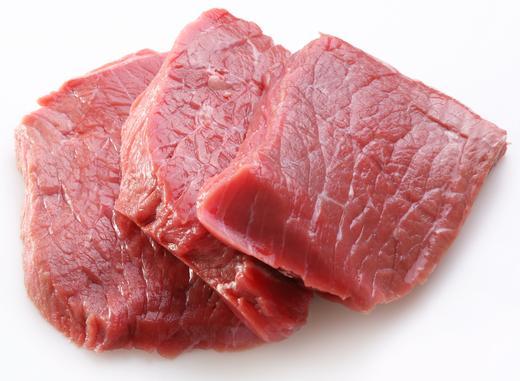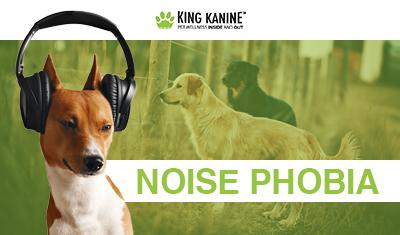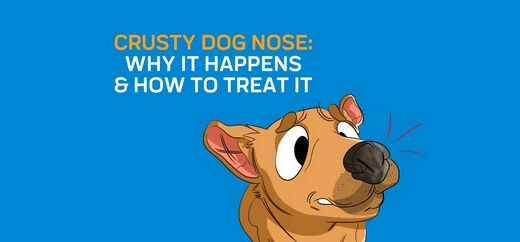
What follows is my skeptical analysis of the arguments commonly made for why raw-ingredient diets are “better” for dogs than those based primarily upon cooked products.
I have been asked to analyze this issue countless times. The raw dog food industry is growing explosively, in spite of the undeniable costs associated with its products. Calorie-for-calorie, commercially-prepared raw dog foods are usually at least eight times as expensive as traditional kibbles. Moreover, they involve considerably more preparatory work than “scoop-and-serve” kibbles and they carry at least some risk of contamination with dangerous food-borne pathogens too.
Given these costs, consumers clearly must believe that raw food products have some pretty serious benefits. And a few minutes of Internet sleuthing will demonstrate that many folks believe precisely that. To my eye, proponents of raw food diets are often zealous (even militant) in their online advocacy, with all manner of popular blogs and Facebook groups touting the supposed benefits of “going raw.”
Today’s post is my attempt to analyze their arguments in light of the best available evidence. Are the raw food devotees onto something? Do their arguments really hold water, or do they suffer from unfounded assumptions, a lack of evidence, or some other kind of shaky logic? What do we really know about the benefits or raw dog foods?
Now, let’s get something out of the way right here at the start. As I never tire of writing, there is at least one way in which raw diets are indisputably more healthful for dogs than the kibble-ized alternatives: they’re usually much lower in total carbohydrate content. Kibbles tend to be composed of 40%-60% (or more!) carbohydrate. Raw foods usually contain no carbohydrates whatsoever. For the most part, they’re meat and meat alone.
Why does that count as a benefit for raw foods?





